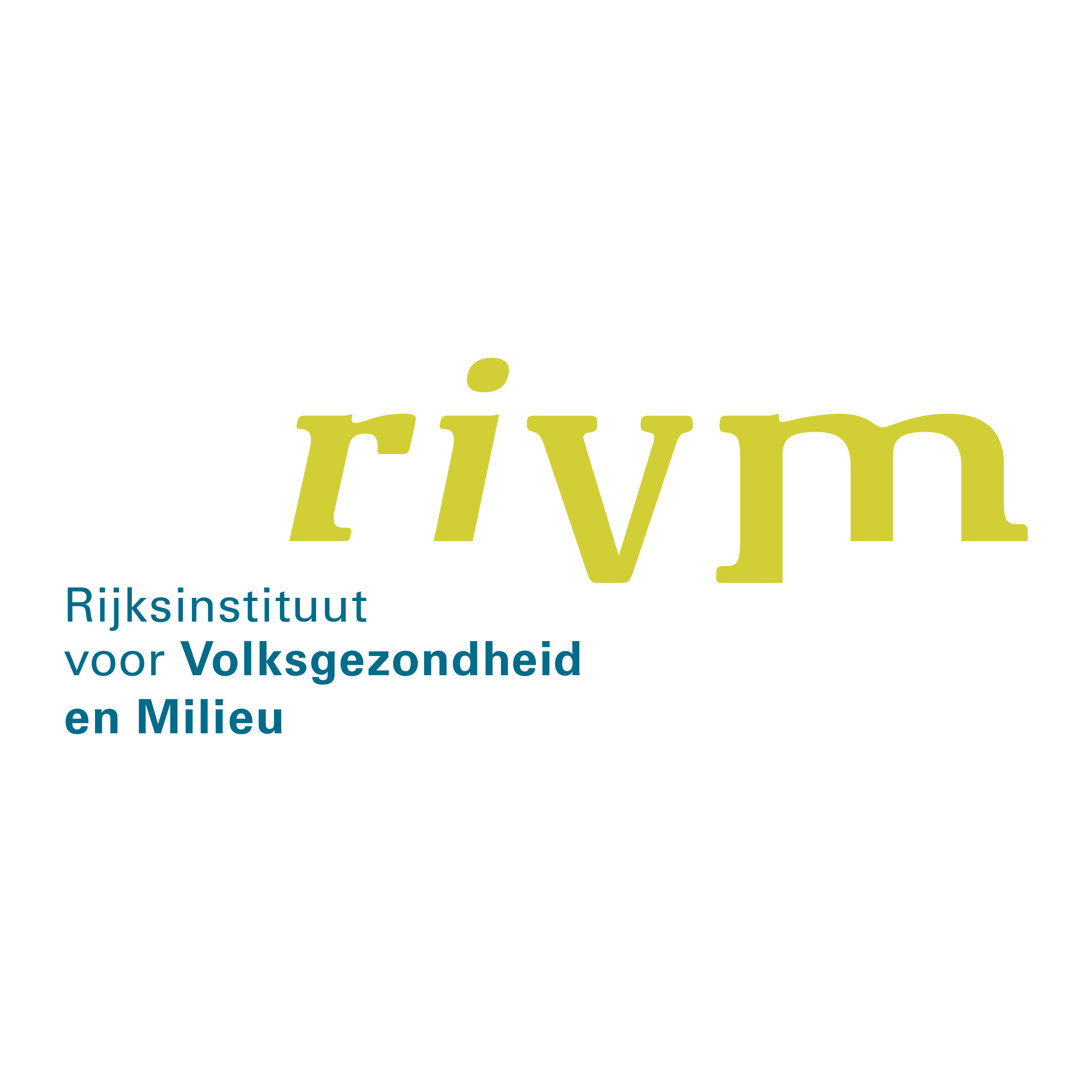|

|
|
|
| caLIBRAte Nano Risk Innovation Governance Project Tool |
|
By Steinbeis EU-VRi GmbH
|
|
|
|
Visit Website
|
This tool is a nano-risk (innovation) governance framework tool allowing management and decision making during any stage during development, production of nanomaterials. The governance approach is constructed to be flexible both in regards to the types of projects and phases needed in a given innovation or assessment project. One of the key aims is to add systematic nano-risk assessment and management from idea-to launch following a flexible stage-gate (/phase-gate) innovation process supported by a nano-risk assessment and management framework considering safety-by-design, the STOP principle and circularity.
More about caLIBRAte Nano Risk Innovation Governance Project Tool...
Tool Performance Results
Use example
TRAAC assessment
Recorded training
|
|
|
|
|

|
|
|
| NanoSafer |
|
By NRCWE - National Research Centre for the Working Environment, Copenhagen
|
|
|
|
Visit Website
|
NanoSafer is a combined control-banding and risk management tool that enables assessment of the risk level and recommended exposure control associated with production and use of manufactured nanomaterials (e.g., nanoparticles, nanoflakes, nanofibers, and nanotubes) in specific work scenarios. In addition to manufactured nanomaterials, the tool can also be used to assess and manage risk of emissions from nanoparticle-forming processes.
More about NanoSafer...
Tool Performance Results
Use example
TRAAC assessment
Recorded training
|
|
|
|
|
|
|

|
|
|
| ConsExpoNano |
|
By National Institute for Public Health and the Environment (RIVM)
|
|
|
|
Visit Website
|
The ConsExpo nano tool can be used to estimate inhalation exposure to nanomaterials in consumer spray products. To run the model, user input on different exposure determinants such as the product and its use, the nanomaterial and the environmental conditions is required. Exposure is presented in different measures. The outcome of the assessment is an alveolar load in the lungs as one of the most critical determinants of inflammation of the lungs is both the magnitude and duration of the alveolar load of a nanomaterial. To estimate the alveolar load arising from the use of nano-enabled spray products, ConsExpo nano combines models that estimate the external aerosol concentration in indoor air, with models that estimate the deposition in and clearance of inhaled aerosol from the alveolar region.
More about ConsExpoNano...
Tool Performance Results
Use example
TRAAC assessment
Recorded training
|
|
|
|
|

|
|
|
| Societal Readiness Thinking Tool |
|
By TNO Innovation for Life
|
|
|
|
Visit Website
|
The thinking tool offers practical guidance for researchers who wish to mature the societal readiness of their work. The primary goal is to help researchers align their project activities with societal needs and expectations. The thinking tool asks reflective questions to stimulate thinking about how to integrate ideas about responsible research and innovation into research practice, at different stages in the project life. We have designed the tool so that it is useful for researchers engaged in new as well as ongoing projects.
More about Societal Readiness Thinking Tool...
Tool Performance Results Use example TRAAC assessment Recorded training
|
|
|
|
|
|
|
|

|
|
|
| nano-BAM: nano Benefit Assessment Matrix |
|
By TNO Innovation for Life
|
|
|
|
Visit Website
|
The nano Benefit Assessment Matrix (nano-BAM) supports the assessment of functional, health and environmental benefits of nanomaterials, nano-enabled manufactured nanomaterials and products from the first innovation stage until the product is on the market. The BAM assists users to summarize the benefits by assessing two aspects: (i) Degree of benefit (DoB) to estimate how achievable the benefits are and (ii) Degree of evidence (DoE) to understand what scientific evidence is available for the benefit identified by users. The tool is available as an excel tool available as supplemental material at the the link to scientific journal publication.
More about nano-BAM: nano Benefit Assessment Matrix...
Tool Performance Results
Use example
TRAAC assessment
Recorded training
|
|
|
|
|

|
|
|
| Socio-Economic Life Cycle-Based Framework for SSbD |
|
By TNO Innovation for Life
|
|
|
|
Visit Website
|
The “Socio-Economic Life Cycle-Based Framework for SSbD” is a tool to perform a socio-economic assessment of nanomaterials and nano-enabled products to support decision-making for safe-and sustainable-by-design (SSbD). The main target user group is industries in the early stages of product development. The framework, based on a social life cycle analysis (S-LCA) and multi-criteria decision analysis (MCDA) methodologies, will help users make decisions that would reduce the negative socio-economic impacts of nanomaterials and nano-enabled products. The tool is currently implemented as an excel tool and the approach can be found via the tool link.
More about Socio-Economic Life Cycle-Based Framework for SSbD...
Tool Performance Results
Use example
TRAAC assessment
Recorded training
|
|
|
|
|

|
|
|
| Swiss Precautionary Matrix |
|
By Federal Office of Public Health
|
|
|
|
Visit Website
|
The precautionary matrix for synthetic nanomaterials is geared toward industry and trade. The precautionary matrix is a method for assessing the nano-specific health and environmental risks of nanoproducts. The precautionary matrix enables the structured assessment of the “nano-specific need for precautions” when handling synthetic nanomaterials. The precautionary matrix is designed to help industry and trade comply with their due diligence and their duty to exercise self-control opposite employees, consumers and the environment.
More about Swiss Precautionary Matrix...
Tool Performance Results
Use example
TRAAC assessment
Recorded training
|
|
|
|
|

|
|
|
| ECETOC NanoApp for defining similar nanoforms for REACH registration |
|
By TNO Innovation for Life
|
|
|
|
Visit Website
|
ECETOC’s NanoApp is a tool designed to define the boundaries of sets of similar nanoforms and to generate a justification for the REACH registration. NanoApp helps registrants follow the European Chemical Agency (ECHA)’s new registration requirements for nanomaterials under the EU’s REACH legislation. It does this by creating and justifying ‘sets of similar nanoforms’ for a joint human health and environmental hazard, exposure and safety assessment. The tool uses established criteria and rules that systematically evaluate similarity between nanoforms. On that basis, it concludes whether a set of nanoforms can be justified or not. Its decision logic follows the ECHA guidance in a transparent and evidence-based manner – covering primarily the ‘Appendix for nanoforms applicable to the Guidance on Registration and Substance Identification’. The procedure is illustrated and explained in https://www.tandfonline.com/doi/full/10.1080/17435390.2020.1842933 (see image below)
More about ECETOC NanoApp for defining similar nanoforms for REACH registration...
Tool Performance Results
Use example
TRAAC assessment
Recorded training
|
|
|
|
|

|
|
|
| DPMFA: Dynamic Probabilistic Material Flow Analysis |
|
By TNO Innovation for Life
|
|
|
|
Visit Website
|
The Dynamic Probabilistic Material Flow Analysis (DPMFA) can be used to predict release of nanomaterials to the environment based on an analysis of the mass flows during the full life cycle from nanomaterial production over use to final end-of-life treatment of nanoenabled products. Main input requirements are data about production amounts, uses in products and transfer coefficients between all compartments, e.g. release or behavior during EoL. The model then quantifies flows into environmental compartments such as water, air, soil and the subsurface. These flows can then be used as input for environmental fate models. The model can be run stand-alone using a Python code or by using it as part of the SUN decision support system (see the SUNDS tool). A description of the DPMFA can be found here: http://dx.doi.org/10.1016/j.envsoft.2015.11.012
More about DPMFA: Dynamic Probabilistic Material Flow Analysis ...
Tool Performance Results
Use example
TRAAC assessment
Recorded training
|
|
|
|
|

|
|
|
| TRAAC: Transparency, Reliability, Accessibility, Applicability and Completeness assessment of tools |
|
By TNO Innovation for Life
|
|
|
|
Visit Website
|
This framework allows to quantify the readiness of different tools and methods towards their wider regulatory acceptance and downstream use by different stakeholders. The framework diagnoses barriers which hinder regulatory acceptance and wider usability of a tool/method based on their Transparency, Reliability, Accessibility, Applicability and Completeness (TRAAC framework). Each TRAAC pillar consists of criteria which help in evaluating the overall quality of the tools and methods for their (i) compatibility with regulatory frameworks and, (ii) usefulness and usability for end-users, through a calculated TRAAC score based on the assessment. Fourteen tools and methods were assessed using the TRAAC framework as proof-of-concept. The results provide insights into any gaps, opportunities, and challenges in the context of each of the 5 pillars of the TRAAC framework. Implementation of the TRAAC tool is pending awaiting scientific publication.
More about TRAAC: Transparency, Reliability, Accessibility, Applicability and Completeness assessment of tools...
Tool Performance Results
Use example
TRAAC assessment
Recorded training
|
|
|
|
|

|
|
|
| LICARA nanoSCAN |
|
By EMPA - The Swiss Federal Laboratories for Materials Science and Technology
|
|
|
|
Visit Website
|
The LICARA Tool supports SMEs in their decision-making process. It does this by scanning both the benefits and risks over the nanoproduct's life time. It uses a structured life cycle approach which enables the evaluation of the benefits and risks qualitatively with low and manageable efforts, over the nanoproduct's life time. It further allows a comparison with the risks and benefits of the conventional (non-nano) products. The tool stimulates economic, environmental and social opportunities. This tool is specifically intended for use by SMEs to support them in communicating with regulators, and potential clients and investors.
More about LICARA nanoSCAN...
Tool Performance Results
Use example
TRAAC assessment
Recorded training
|
|
|
|
|

|
|
|
| RISKOFDERM |
|
By TNO Innovation for Life
|
|
|
|
Visit Website
|
The RISKOFDERM is a quantitative model for estimating potential dermal exposure, i.e. the total amount of a substance coming into contact with the protective clothing, work clothing and exposed skin. It includes six dermal exposure operation (DEO) units, where each unit is a cluster of exposure scenarios involving general chemical substances. In the context of nanomaterials, its applicability domain is not yet established. In the present study, the performance of the model, while estimating the dermal exposure to nanomaterials, is tested by comparing its output with experimentally measured dermal exposure levels of nanomaterials on hands.
More about RISKOFDERM...
Tool Performance Results
Use example
TRAAC assessment
Recorded training
|
|
|
|
|

|
|
|
| Safety Observer - NanoObserver Template |
|
By NRCWE - National Research Centre for the Working Environment, Copenhagen
|
|
|
|
Visit Website
|
Safety Observer app template 'NanoObserver' for use in measuring safe and healthy working conditions and behaviour with nanomaterials.
A template for the free smartphone/tablet app ‘Safety Observer’ has been developed for use in proactive safety rounds in industrial and academic workplaces that work with or are exposed to manufactured nanomaterials (MN). The template can be adapted to a local context and language, and be used by students, workers, faculty, managers and OSH professionals. Safe and unsafe working conditions and behaviour regarding MN in a workplace are observed and counted, such as:
1) MN signage, marking and labelling
2) MN handling, storage and transport
3) Ventilation and filters
4) Personal protective equipment
5) Technical aids
6) Order and tidiness
7) Hygiene
8) Waste storage, recycling and disposal
9) First aid equipment.
Comments and photos can be included in the observations with the app, and a final report, including a ‘safety index’, is automatically generated and made available in the app and sent to one’s email for immediate use in improving and reinforcing OSH initiatives.
More about Safety Observer - NanoObserver Template...
Tool Performance Results
Use example
TRAAC assessment
Recorded training
|
|
|
|
|

|
|
|
| SUNDS: SUN Decision Support System |
|
By Green Decision
|
|
|
|
Visit Website
|
The SUN Decision Support (SUNDS) system covers risk management and sustainability of nano-enabled products along their life cycle. It is based on a Tiered approach including a decision support tool and a risk assessment and control part. It is based on REACH guidelines and focuses on assessment models. Besides traditional risk assessment and risk management information, the system also asks for the inclusion of sustainability data supporting safer-by-design nanoenabled products (this includes life cycle assessment,
social and economic impact assessments).
More about SUNDS: SUN Decision Support System...
Tool Performance Results
Use example
TRAAC assessment
Recorded training
|
|
|
|
|

|
|
|
| SimpleBox4Nano |
|
By National Institute for Public Health and the Environment (RIVM)
|
|
|
|
Visit Website
|
SimpleBox4nano is a is a regulatory-relevant multimedia environmental fate model that is specifically fit for use with nanomaterials. The tool predicts background concentrations of nanomaterials in air, water, sediment and soil. SimpleBox4Nano does so by simultaneously solving mass balance equations for each environmental compartment box in the model. It is a first-principles model in the sense that it internally derives mass flow rates from physical and chemical substance properties, and characteristics of the environment modeled. It takes user-specified release rates as input, producing exposure concentrations in the environment as output.
More about SimpleBox4Nano...
Tool Performance Results
Use example
TRAAC assessment
Recorded training
|
|
|
|
|